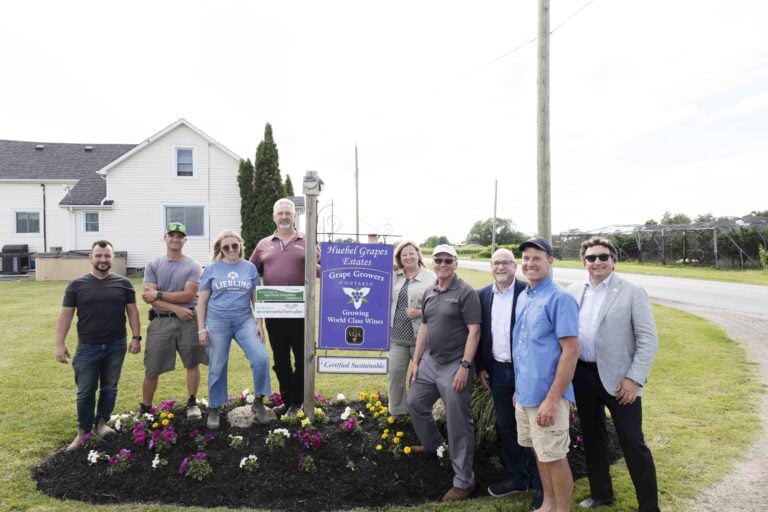The city’s 2018 capital budget was approved at council Tuesday, coming in at $32.6-million, down from $53.8-million in 2017.
The capital budget figure does not include Tab 10 projects, to be approved in May after the final quarter payment from OLG in April. The Tab 10 projects are currently estimated to cost around $46-million.
The majority of the approved budget — about $26-million — will go to Municipal Works projects. In late fall, directors of city departments were required to submit lists of prioritized departmental projects for consideration for the 2018 budget. They categorized the projects into three priorities, according to the city’s asset management plan.
Priority one means projects deemed important and ready to go, meaning they have met all project criteria and directors feel they can be completed within 2018.
Priority two means projects have something holding them up, preventing completion from being done in the next 12 months. Priority three means projects to come later.
Coun. Victor Pietrangelo, who was in the mayor’s seat for the discussion, asked for clarification on the priority system and whether the ranking was more about project importance or its readiness to get started.
City Director of Finance Todd Harrison said department directors identified the most important things that need to be done in the city.
“None of the projects that are in priority one are just there. They’re there because they’re more important than priority two … I think the directors are sophisticated enough that they would put only projects forward that are important to the direction of the council,” said Harrison.
Peterangelo said he wouldn’t question that, but pointed out the annual Tab 10 part of the budget has gone up by three times in one year, noting there was $13.5-million in priority one budget in 2016 and $17-million in 2017.
Harrison explained some issues with the Tab 10 part of the budget.
“If you look at the number of $46 million, I would question whether we could do all $46 million if you gave us the money. However, the directors have put that through,” said Harrison.
He said council has a history in the last few years of moving project reports forward without thinking about other projects that are “lurking around.”
“I did say that I think there’s a reticence on some of the directors that maybe their projects aren’t being considered because we’re having reports brought into council and these are being approved on the spot … saying we’ll use OLG funding going forward.”
He said the priority system is showing the asset management plan is working.
“They’re identifying things for you to tell you that these things are coming … these are projects we need to go.”
“The directors know their projects better than anyone,” said Harrison.
Coun. Kim Craitor said sometimes, in their enthusiasm, councillors approve projects in advance, without considering the impact it might have on other projects that are waiting.
He said it he thinks it “important, and extremely fair” for the directors to remind council that before they make a decision, they owe it to staff to take a look at what they’re proposing and going to spend in advance and consider the effect it could have on existing projects that are waiting.
Harrison said some of this year’s pre-approved projects, including the Harvard Avenue sewer replacement, were necessary projects.
Some of the other pre-approved projects from 2017 include: Lundy’s Lane streetscape phase one; a Shriners Creek retaining wall; drainage Improvement at St. Patrick’s Church; Victoria Centre streetscape revitilization phase two; conventional transit and specialized transit bus growth; and George Bukator Park improvements.
2017 projects funded by 2018 funding totalled $8,852,926.
Harrison said from the standpoint of director of finance, he thinks there need to be a capital budget process that is adhered to, “so that we’re bringing (council) a full scope of the work that’s needed for the residents of the city.”
The city’s general purpose operating budget will be discussed at council on Jan. 9.
The 2018 capital budget is fully-funded through these city resources:
• Transfers from operating budgets
• Transfers from utility budgets
• Development charges – growth related
• Special purpose reserves
• Federal Gas Tax
• Provincial Gas Tax (transit)
• OCIF Funding
• External Contributions
• OLG Reserve (three components used)
• Debentures (not used in 2018)
• OMCC Grant Funding











